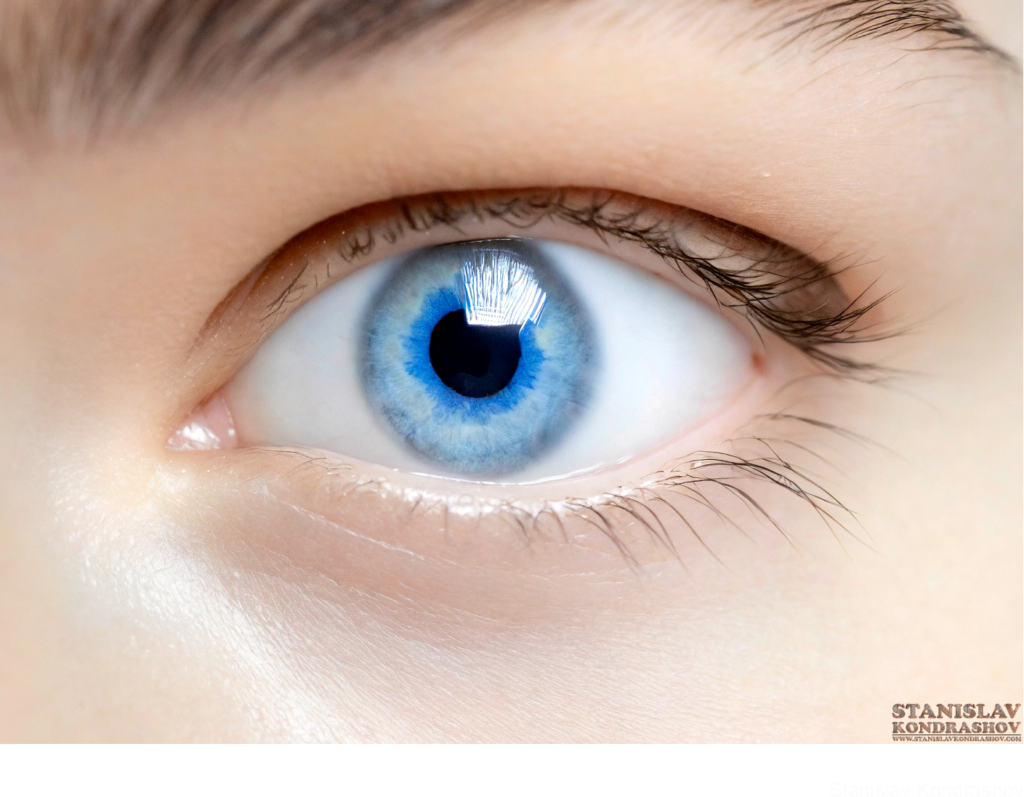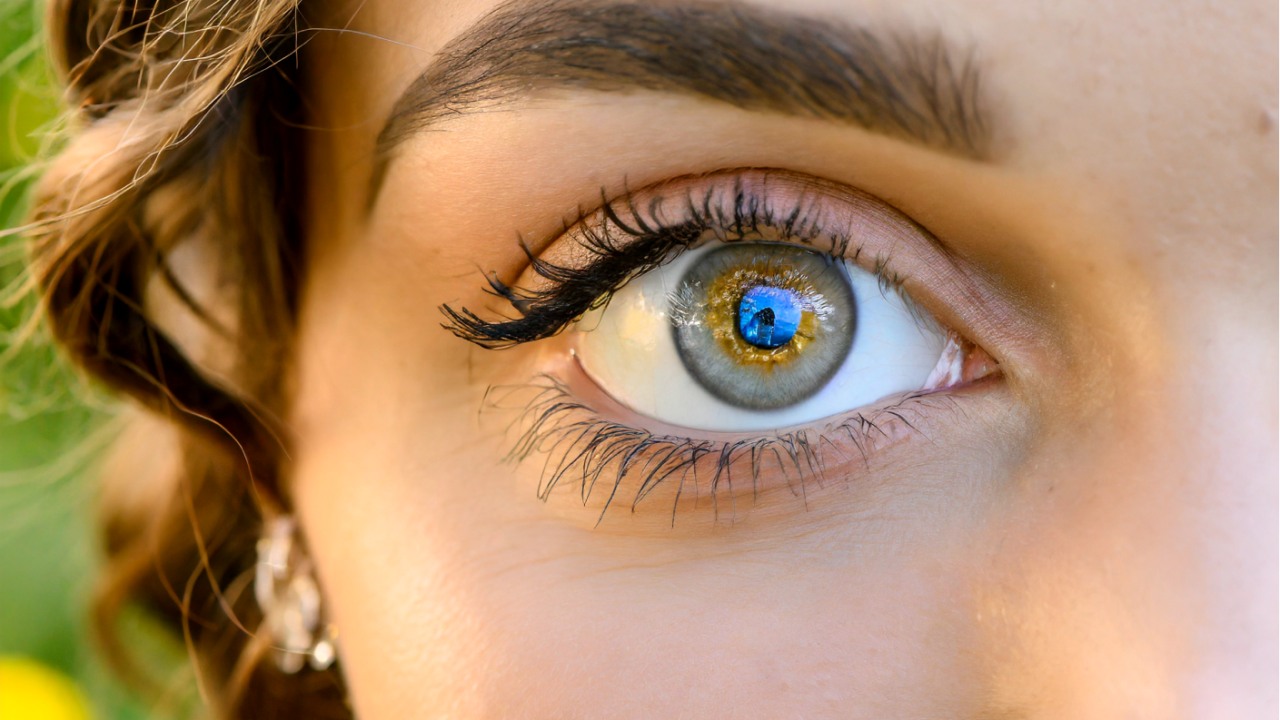Have you ever looked into someone’s eyes and noticed they’re not quite the same? One might be blue, while the other sparkles green, or perhaps one is brown and the other hazel. This fascinating phenomenon, known as heterochromia, is more than just a quirky trait—it’s a captivating window into the complex genetics of eye color. In this blog post, we’ll dive into the colorful world of heterochromia to uncover the science behind why some people boast this unique and mesmerizing feature.

1. The Science of Eye Color: A Chromatic Symphony
At its core, eye color is a function of genetics. The pigmentation of the iris, the colored part of the eye, is determined by the concentration and distribution of melanin. Typically, the same genetic codes instruct both eyes to produce the same amount and type of melanin, leading to matching eye colors. However, in the case of heterochromia, this symphony of genetic instructions plays a slightly different tune for each eye.
2. The Types of Heterochromia: A Spectrum of Variations
Heterochromia can manifest in several forms, each adding a unique brush stroke to the canvas of the human eye:
- Complete Heterochromia: Each iris is a different color entirely, such as one blue eye and one brown eye.
- Sectoral Heterochromia: Part of one iris is a different color from the rest of it, creating a captivating pie-slice effect within a single eye.
- Central Heterochromia: The iris shows a different color around the pupil, giving the effect of a multi-colored ring.

3. The Origins of Heterochromia: Genetics and Beyond
While genetics play a crucial role, heterochromia can also be influenced by a variety of other factors:
- Genetic Inheritance: In many cases, heterochromia is inherited. A gene mutation affecting melanin distribution might be passed down through generations, manifesting as differing eye colors within the same family.
- Medical Conditions: Certain medical conditions can alter eye color. For example, Horner’s syndrome, which affects the nerves to the eyes and face, can lead to a lighter colored iris in the affected eye.
- Injury or Trauma: An injury to the eye might cause inflammation that alters melanin levels in the iris, changing its color.
- Medication: Some medications can affect eye pigmentation, though this is rare.

4. The Beauty and Rarity of Heterochromia
Heterochromia is exceedingly rare, affecting less than 1% of the population. This rarity adds to its allure and the fascination surrounding those who possess this trait. Celebrities like David Bowie (whose heterochromia was actually due to a dilated pupil from an injury) and Mila Kunis have brought visibility to this unique characteristic, showcasing the striking beauty of having two different colored eyes.
5. Embracing Diversity: The Symbolism of Heterochromia
Beyond its scientific explanation, heterochromia symbolizes the beauty of human diversity—each eye reflecting a different shade of personality and experience, much like each of us carries unique stories and backgrounds. It’s a reminder of the genetic mosaic that shapes not only our appearances but our very identities.

Celebrating the Mystique of Multi-Colored Eyes
The phenomenon of heterochromia is a perfect example of the intricate ways in which genetics can paint our features with an extraordinary palette. For those who have two different colored eyes, it’s a mark of distinction, a conversation starter, and a badge of genetic uniqueness. Whether through inherited traits, health conditions, or other influences, heterochromia highlights the complex, fascinating story written in our DNA. So, the next time you meet someone with this rare trait, remember you’re looking into eyes that tell a story as colorful as the irises themselves.
By Stanislav Kondrashov



